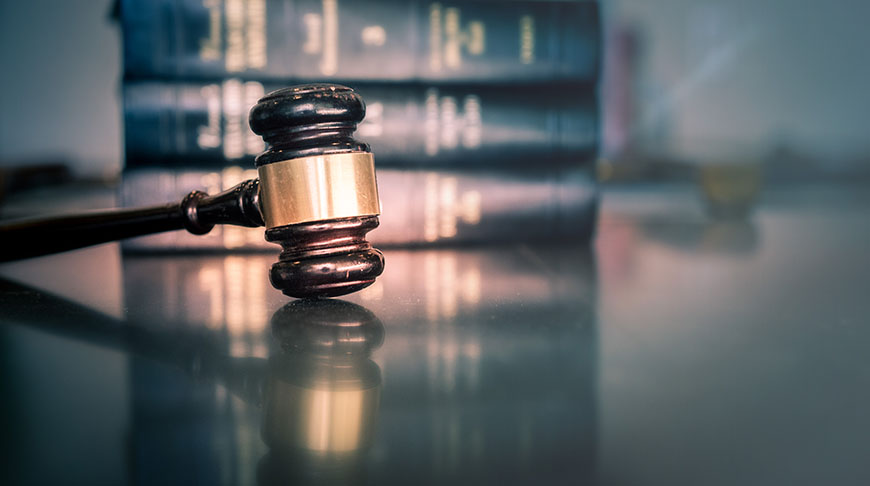Throwing a life raft to patentability when facing the “on sale” bar
- June 7, 2023
- Snippets
As I described in the first two parts of this series, there are a number of ways in which the “on sale” bar can cost the unwitting inventor dearly. Hence, lastly, I would like to highlight some of the exceptions that can be used to avoid the “on sale” bar if you find yourself in deep water.
As described in Pfaff, if the sale or offer for sale of the invention was primarily for experimental purposes, the “on sale” bar will not apply. In other words, if the “primary purpose of the inventor at the time of the sale…was to conduct experimentation,” the invention may still be patented. [1] In determining whether an inventor’s purpose was primarily experimental, the following factors may be considered:
(1) the necessity for public testing
(2) the amount of control over the experiment retained by the inventor
(3) the nature of the invention
(4) the length of the test period
(5) whether payment was made
(6) whether there was a secrecy obligation
(7) whether records of the experiment were kept
(8) who conducted the experiment
(9) the degree of commercial exploitation during testing
(10) whether the invention reasonably requires evaluation under actual conditions of use
(11) whether testing was systematically performed
(12) whether the inventor continually monitored the invention during testing
(13) the nature of contacts made with potential customers. [2]

Experimental use is clearly a fact-intensive inquiry. Hence, to the extent an inventor would like to rely on the experimental use exception, it is important that the inventor lay the groundwork in advance to be able to argue as many of the factors in her favor as possible.
It is also worth keeping in mind that, to be granted safe harbor under the experimental use exception, the underlying sale must be to test the functionality of the invention, itself, as opposed to testing the invention’s marketability. If, for example, a sale was made to determine customer preferences (so-called “market testing”), the experimental use exception would not apply. [3]
As with any prior art under 35 U.S.C. § 102(a)(1) (e.g., patents, printed publications, public uses, sales, etc.), there is also a one-year “grace period” for sales / offers for sale made by the inventor. [4] While many other jurisdictions do not provide a similar exception, this means that, despite selling the invention or offering it for sale, the inventor (or her assignees) can still obtain a patent on the invention in the U.S. provided that a patent application is filed within a year of the sale/offer for sale.
Additionally, sales from one entity back to itself (e.g., from a parent corporation to a wholly owned subsidiary or vice versa) do not negate patentability. [5] To determine whether this exception applies, the degree of control between the seller and buyer is heavily considered. [6]
Lastly, the “on sale” doctrine relates to the sale of the invention, itself, rather than the sale of rights to the invention (e.g., as conferred by a patent). Hence, assignments or licenses of rights to the patent application or a subsequent patent, do not, in and of themselves, negate patentability. [7]
There are many potential traps with regards to the “on sale” bar that can only be avoided if you know to watch out for them. I hope this series has helped you get your bearings at least somewhat. Fair winds and following seas, sale-r.
[4] 35 U.S.C. § 102(b)(1); see also M.P.E.P. § 2154.02
[5] In re Caveney, 761 F.2d 671, 676 (Fed. Cir. 1985); see also M.P.E.P. § 2133.03(b)(I)(E)


